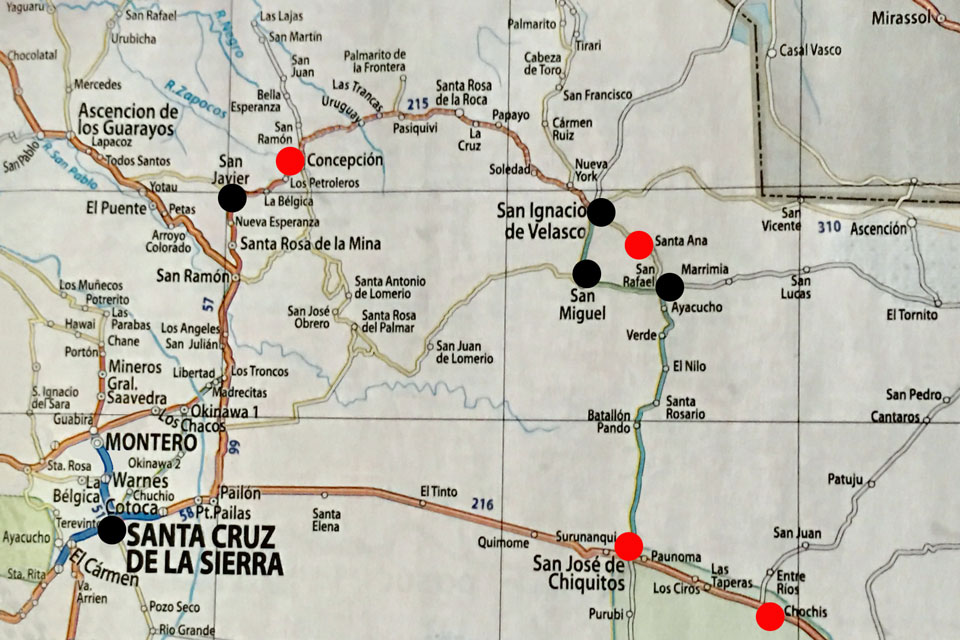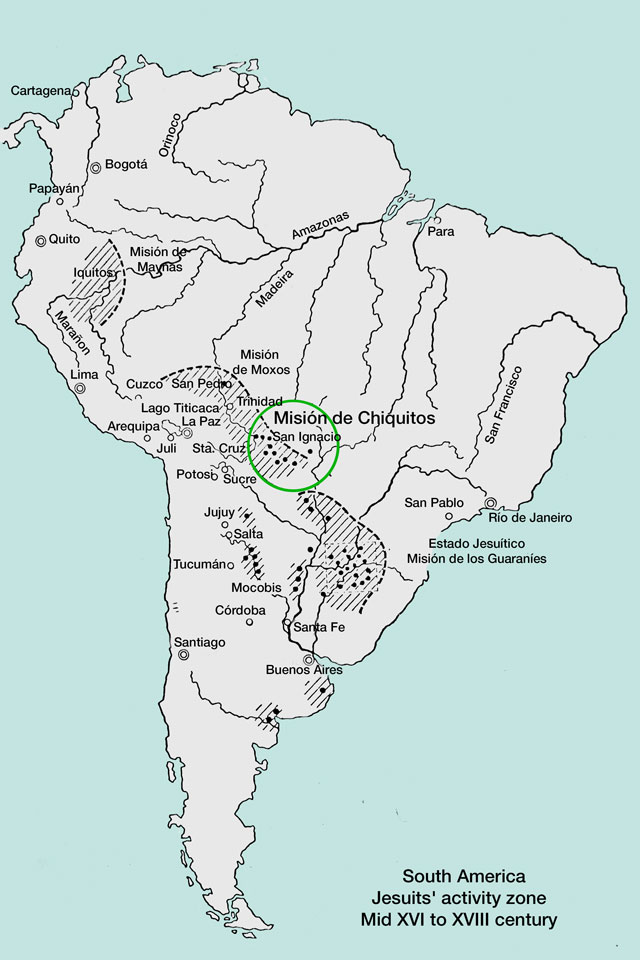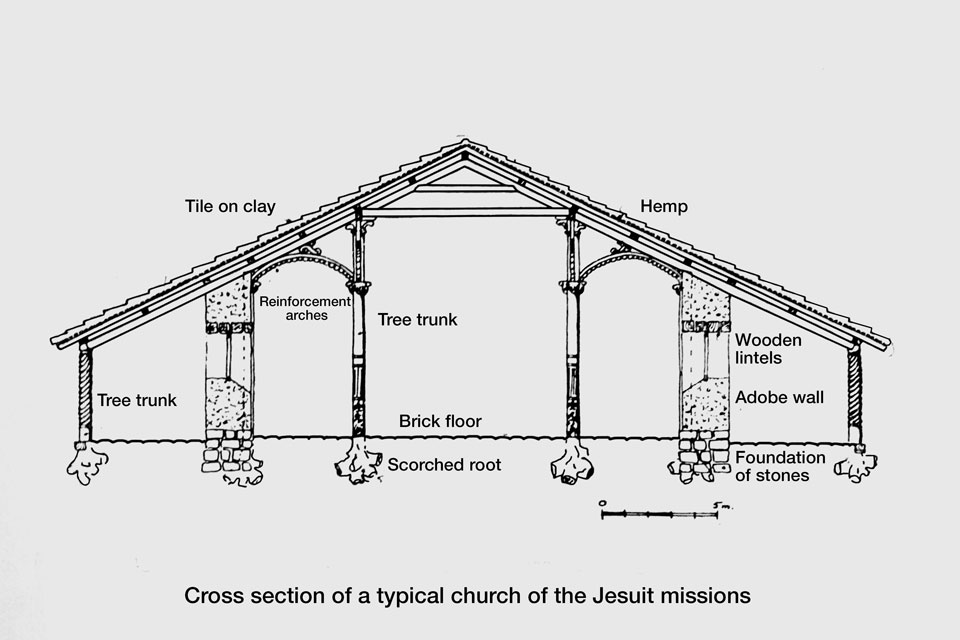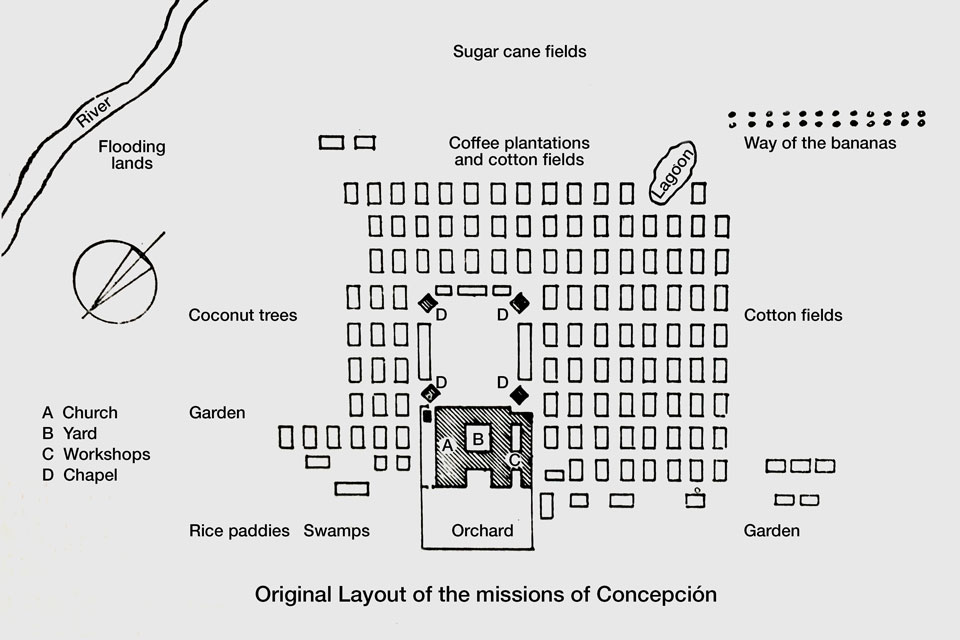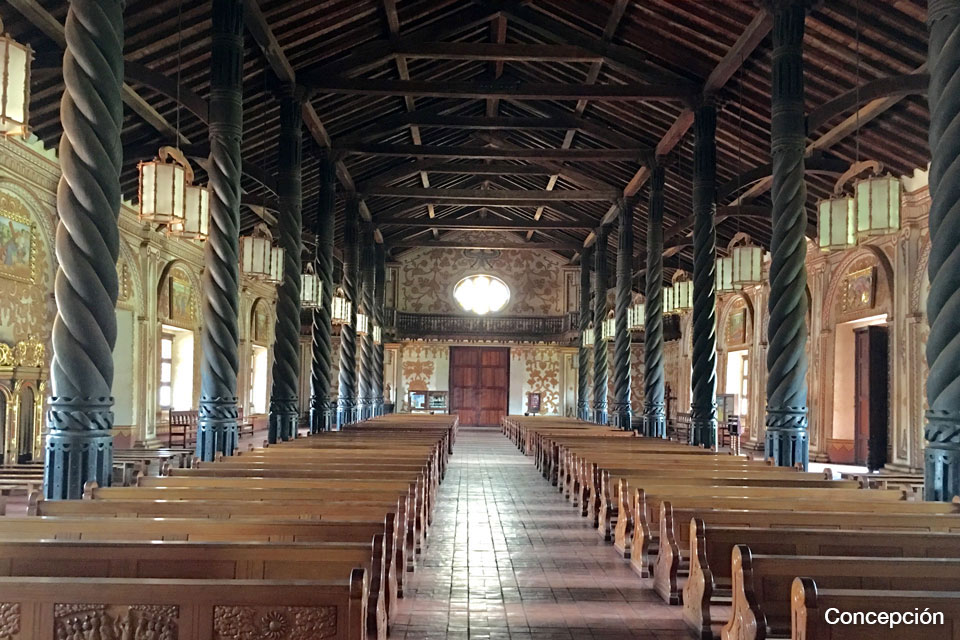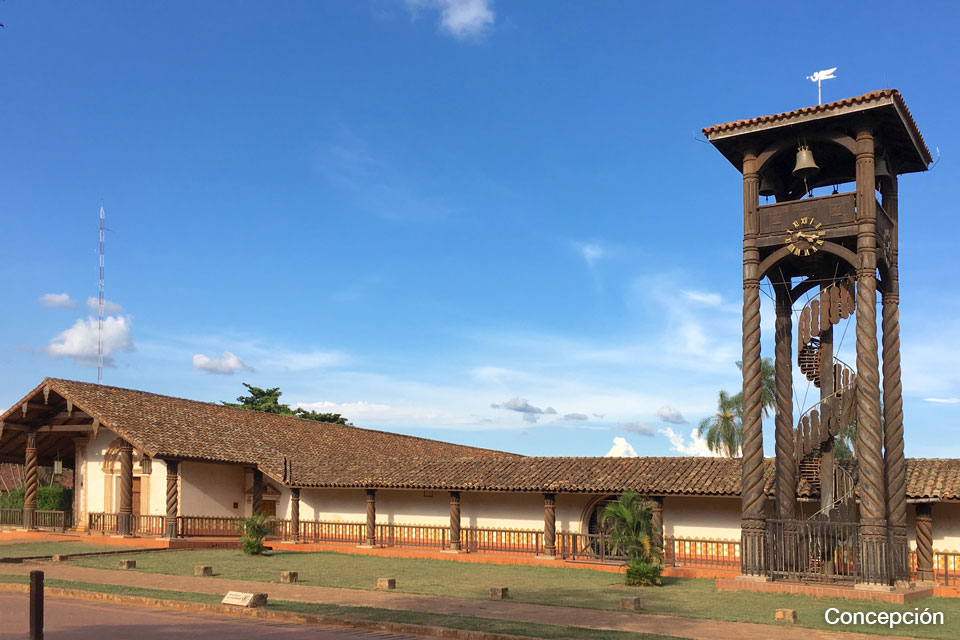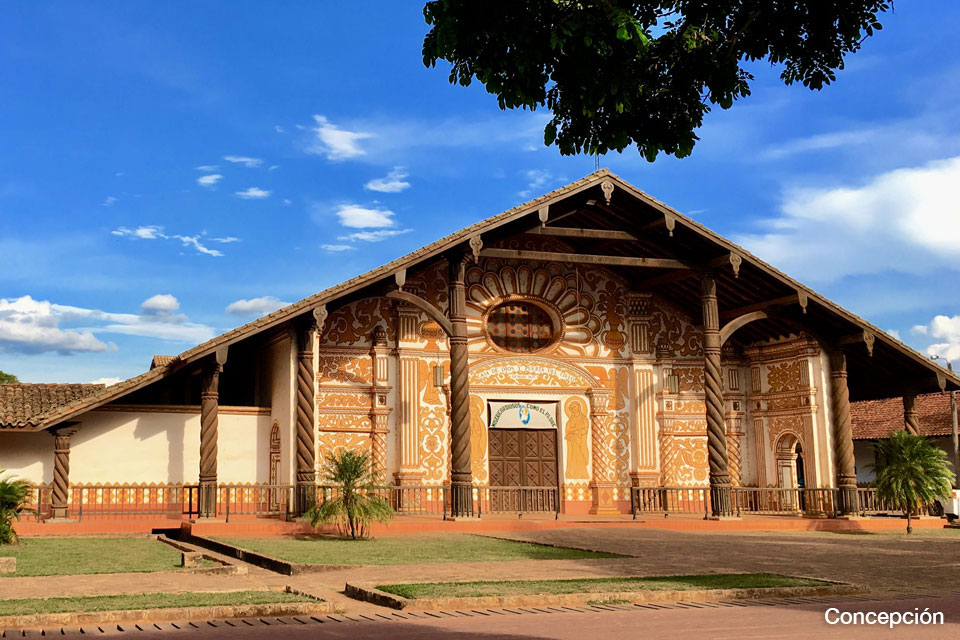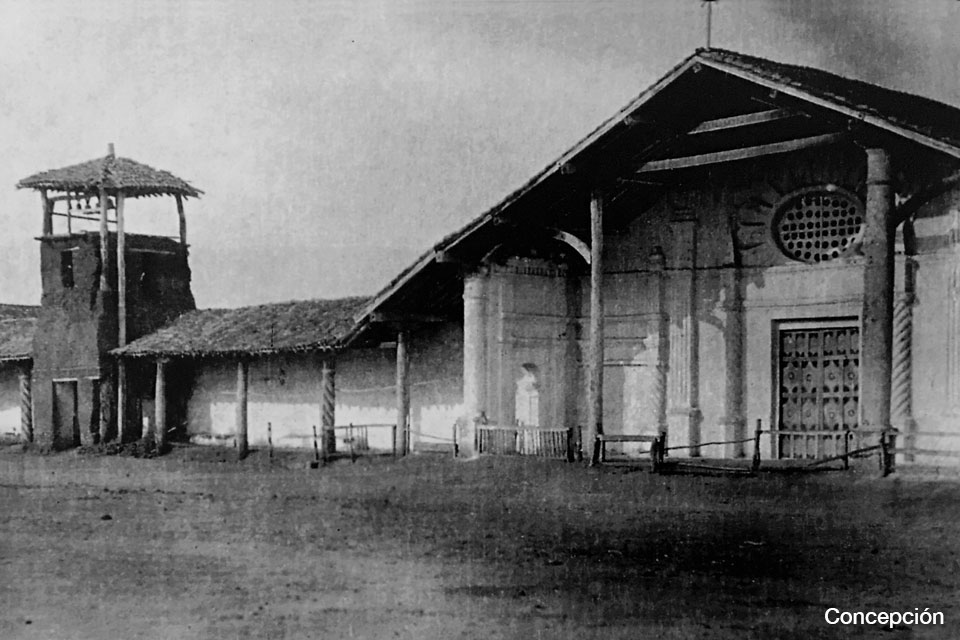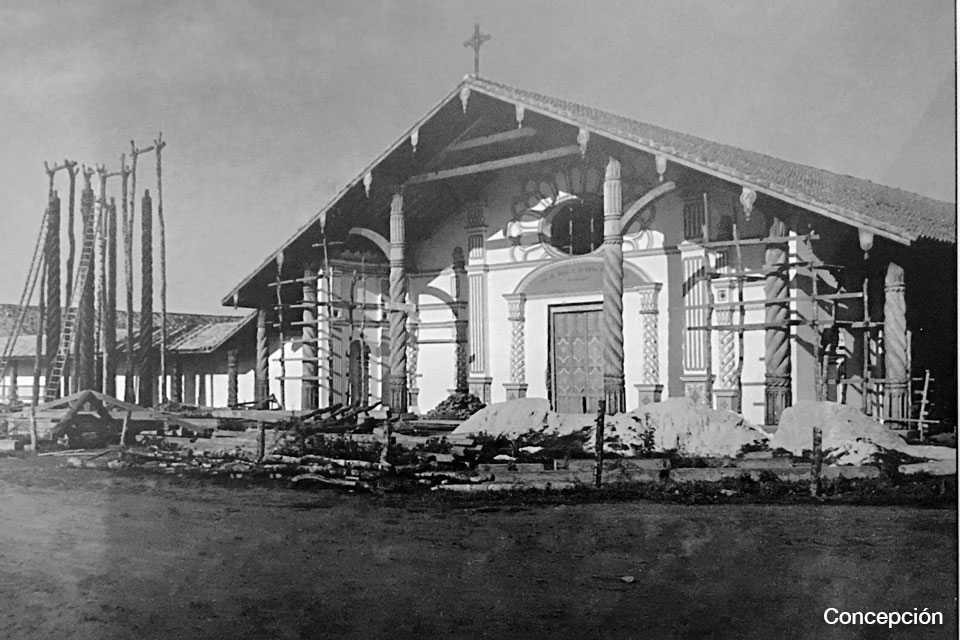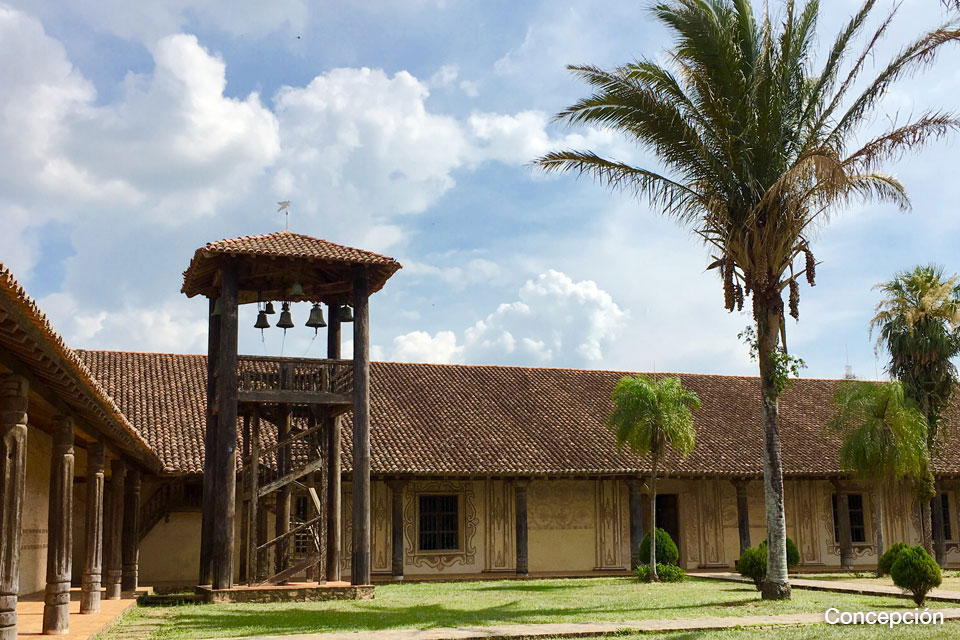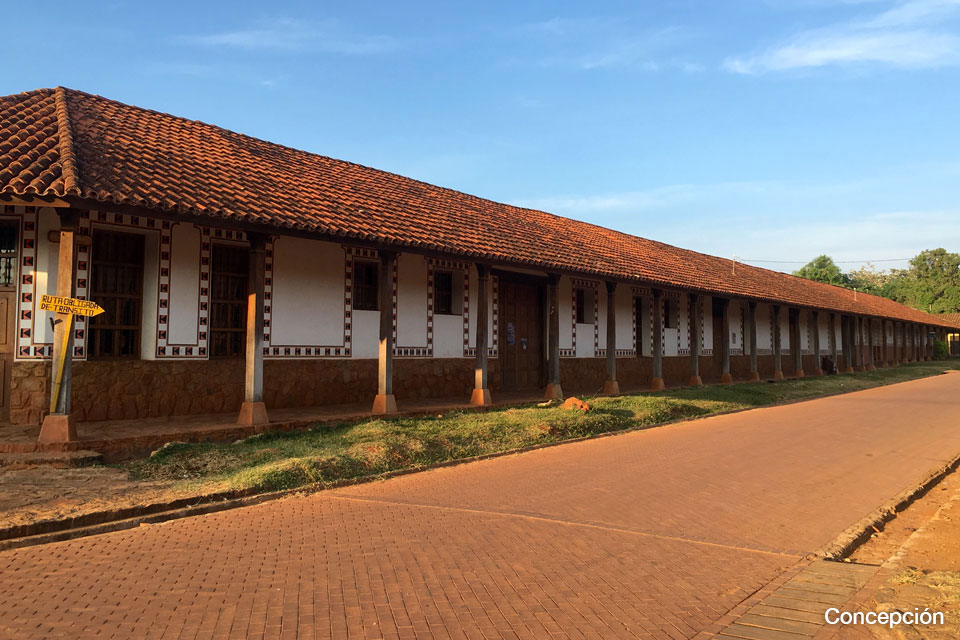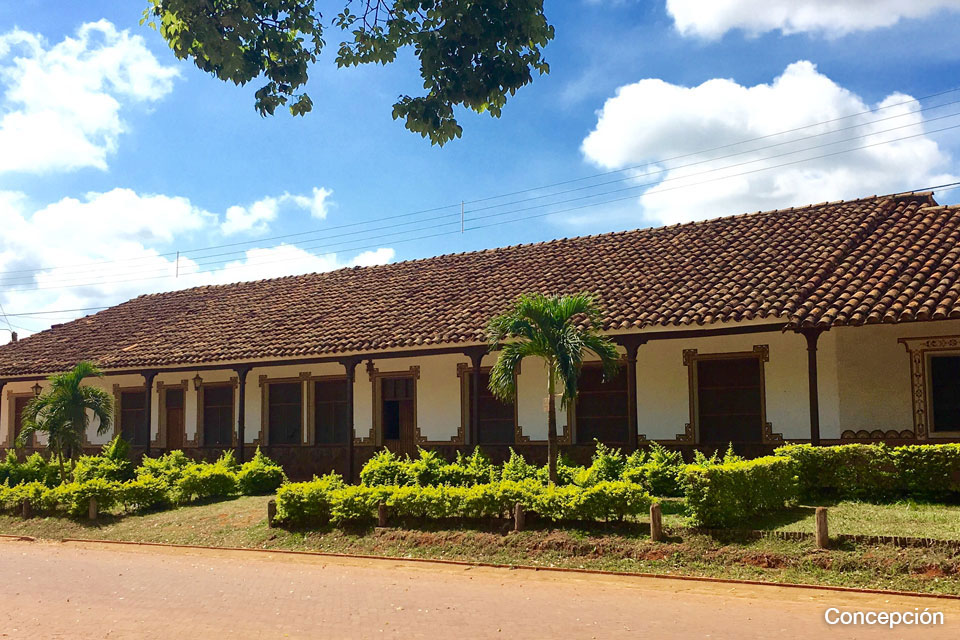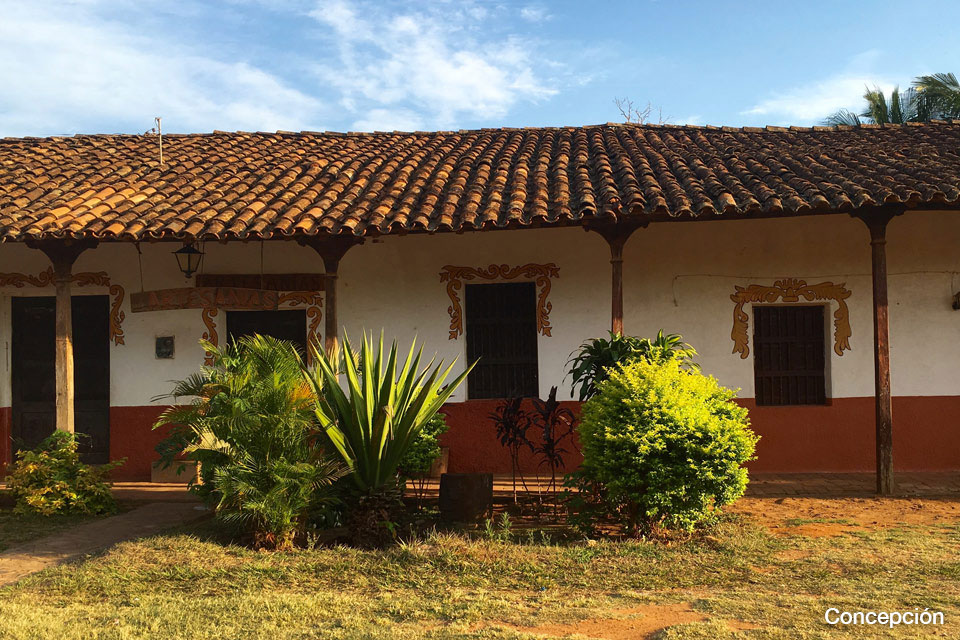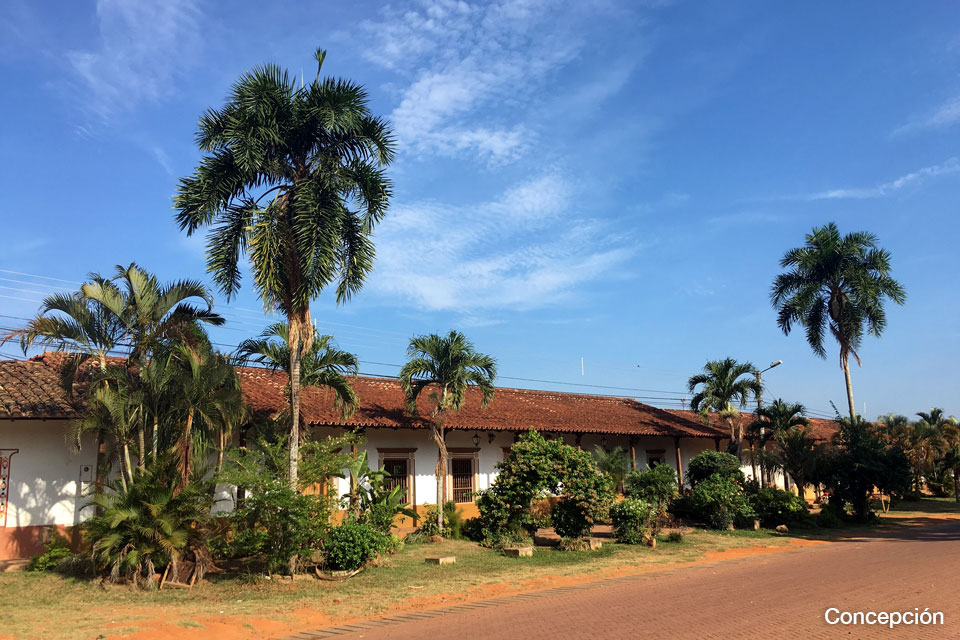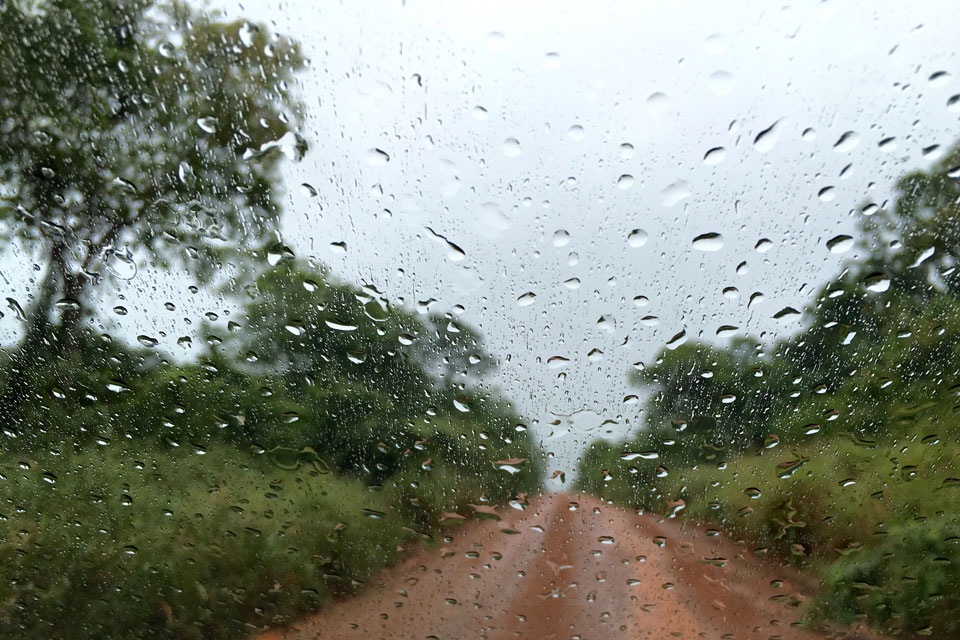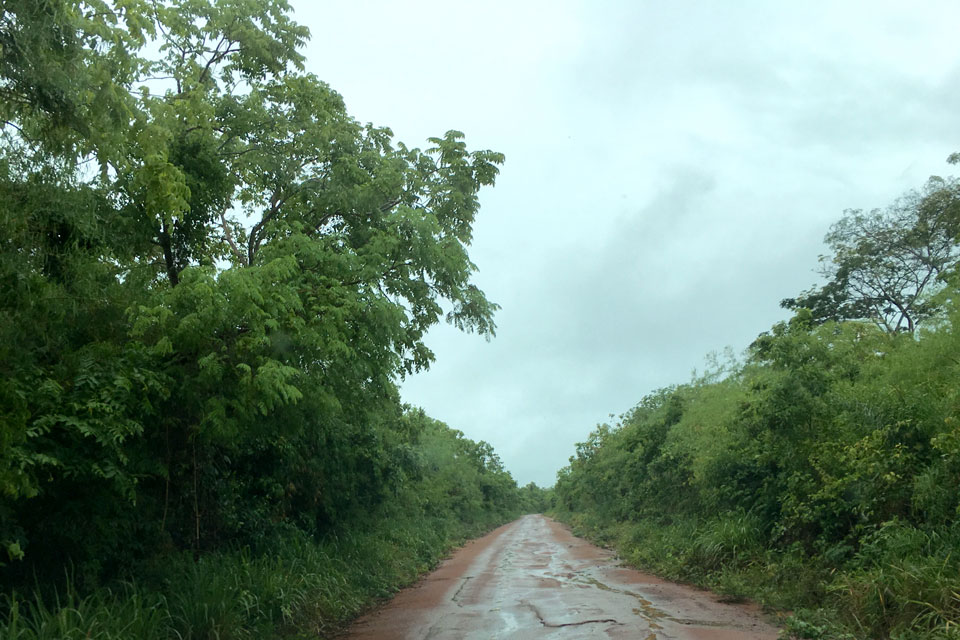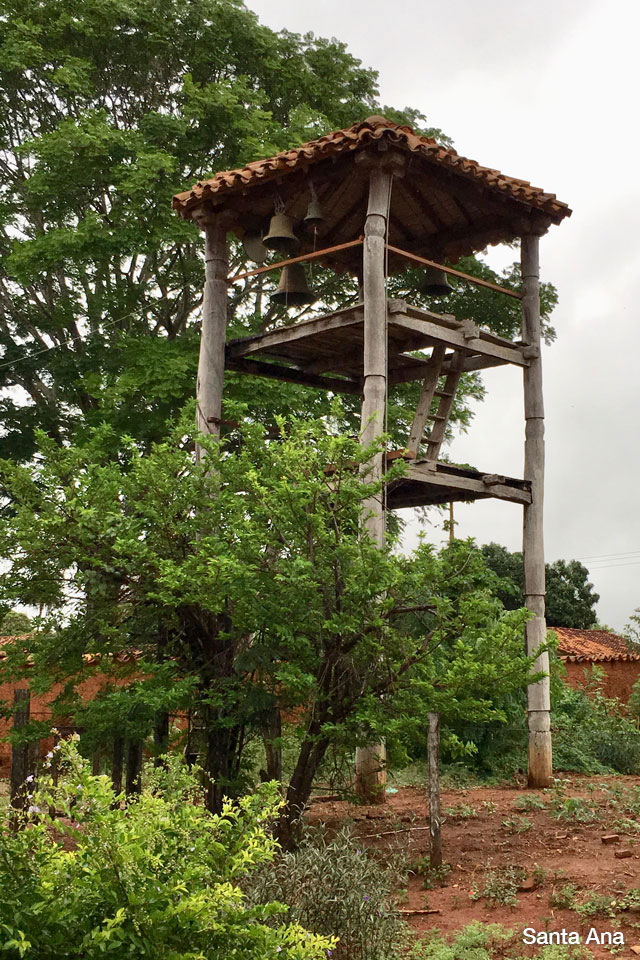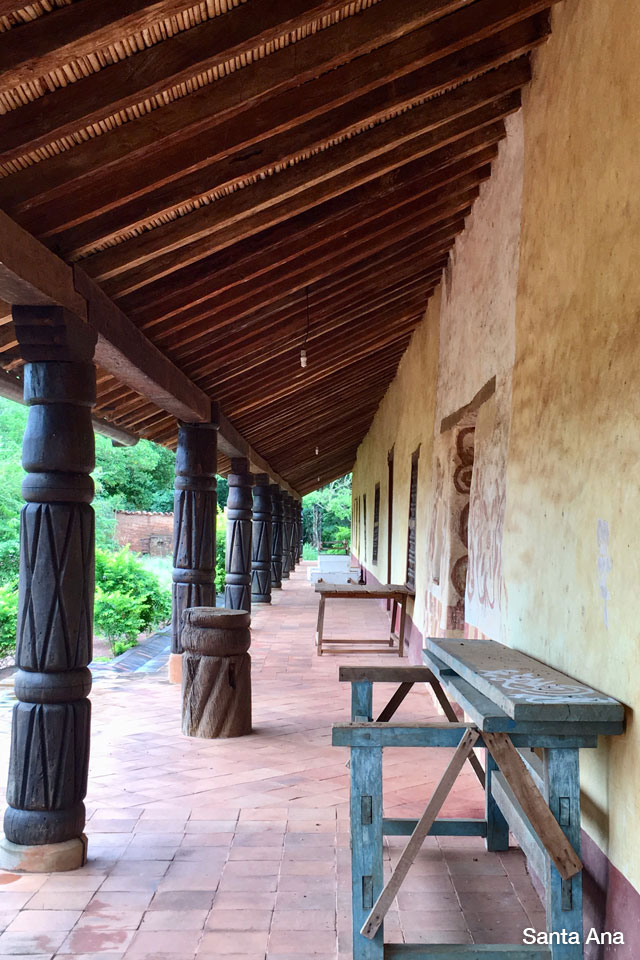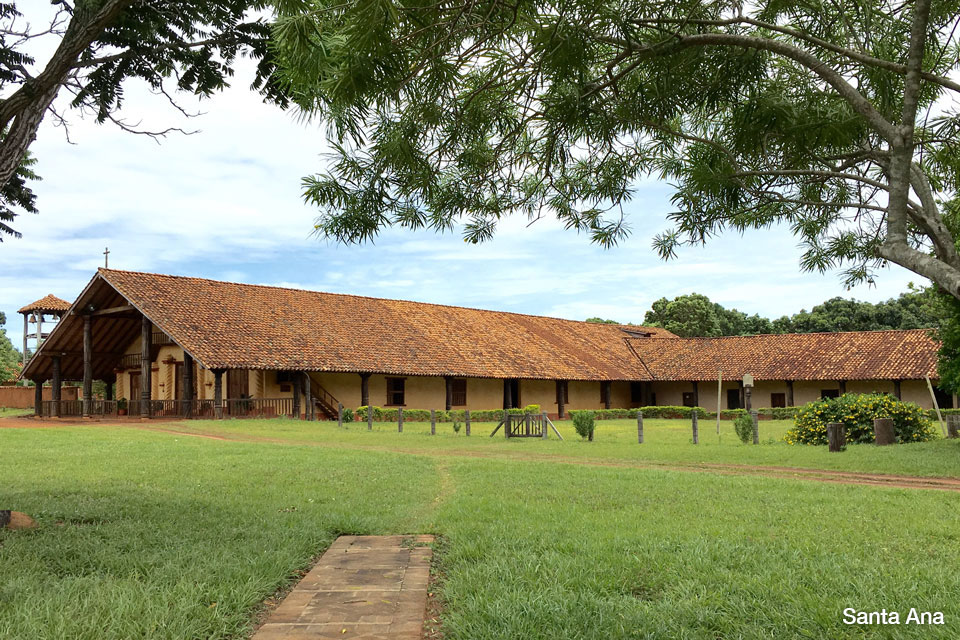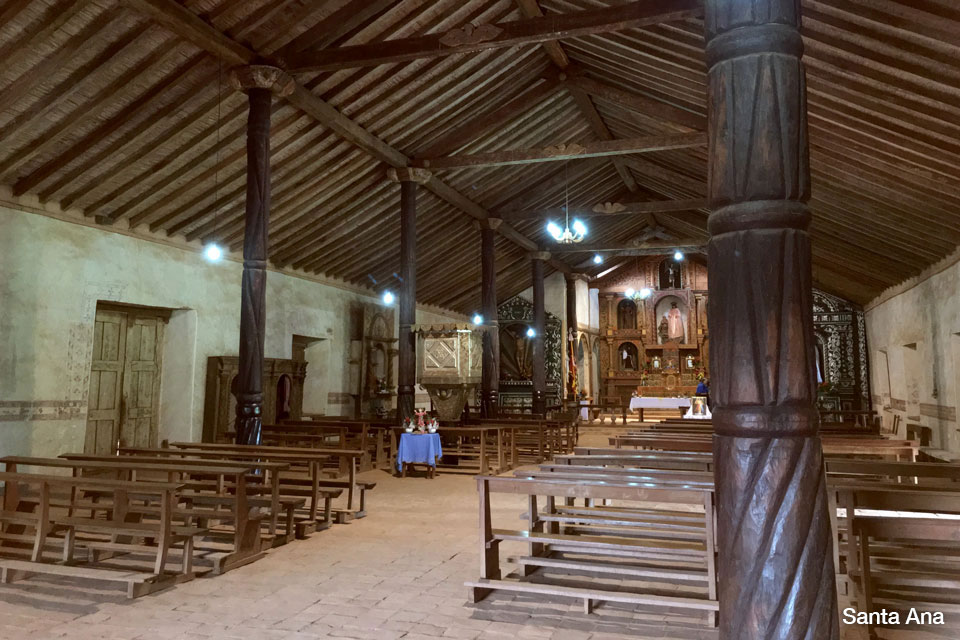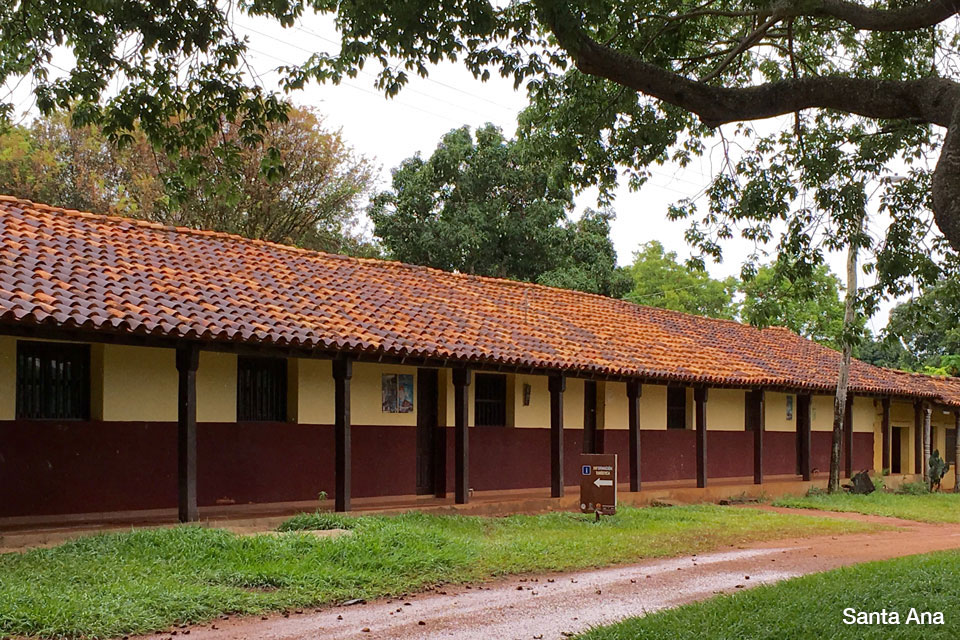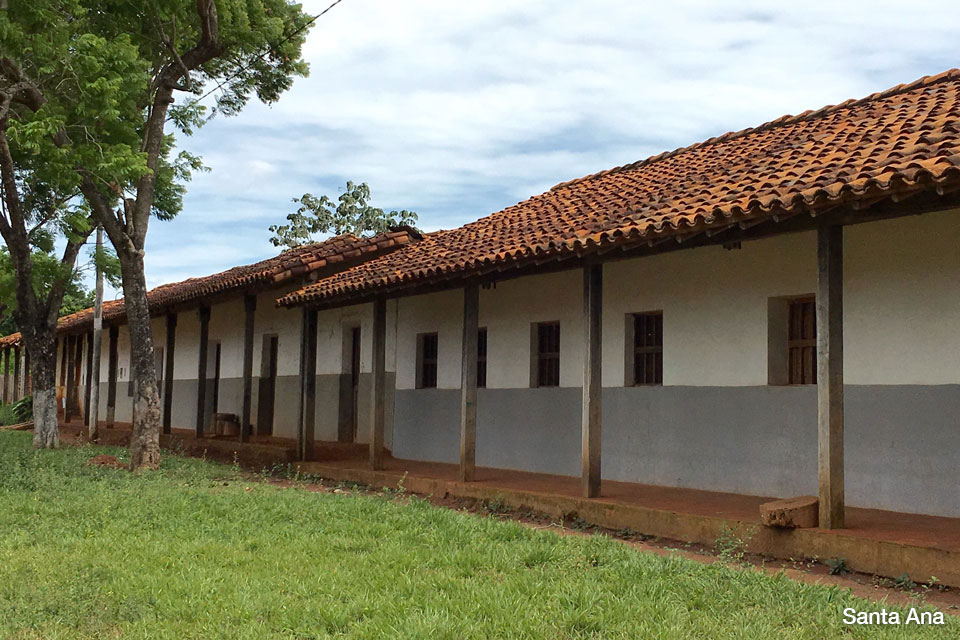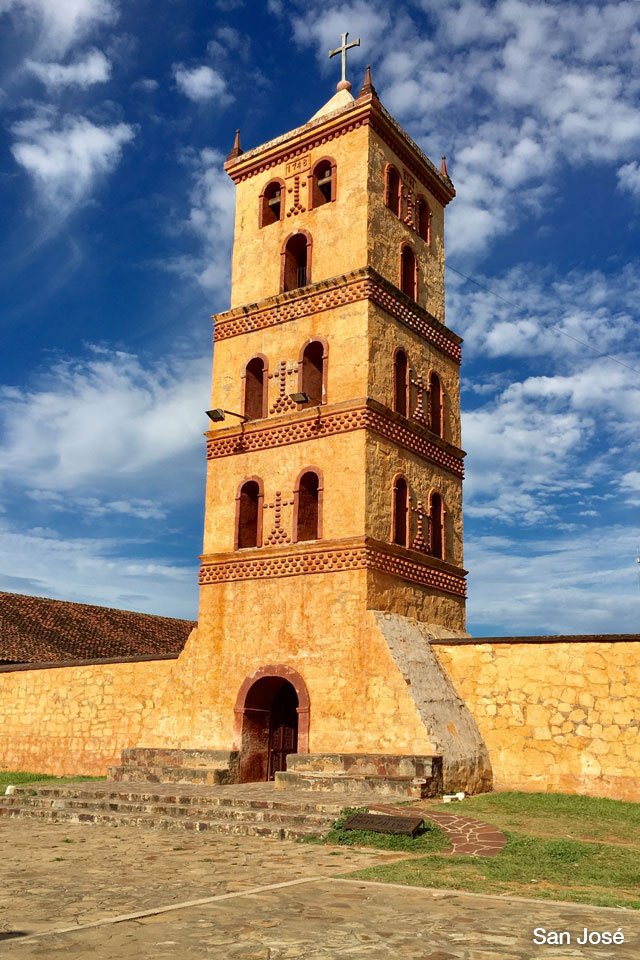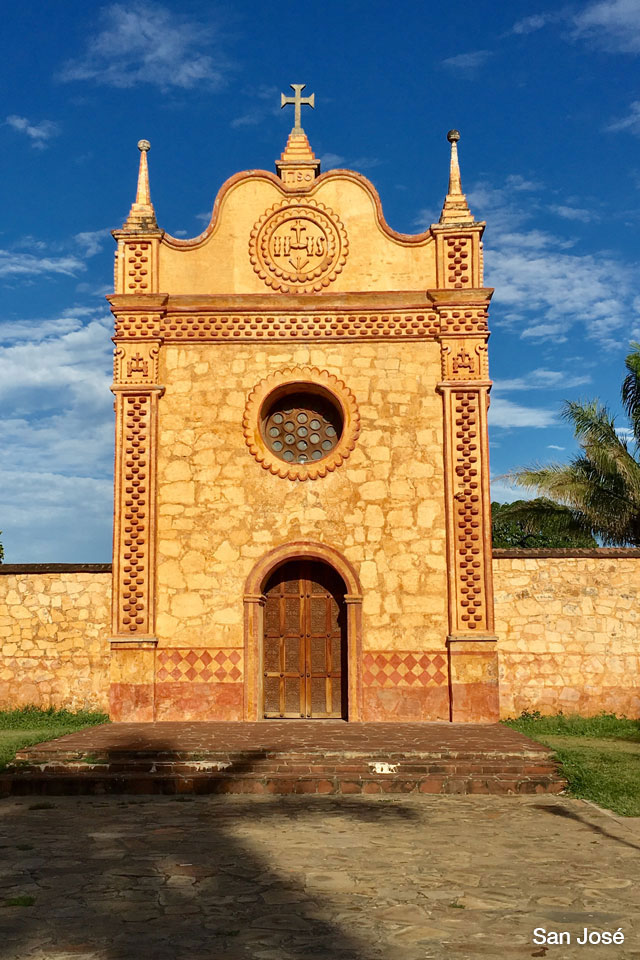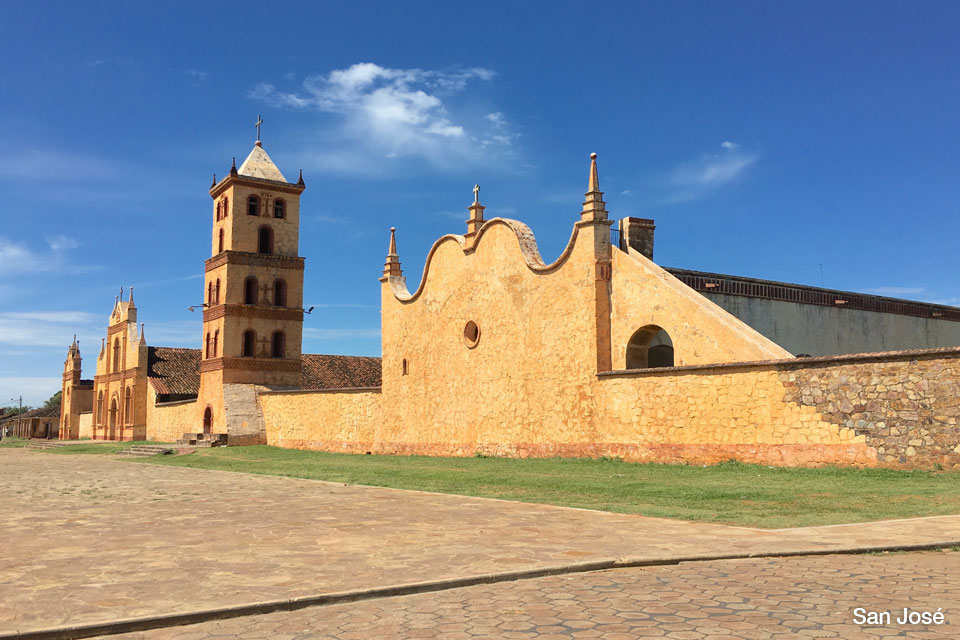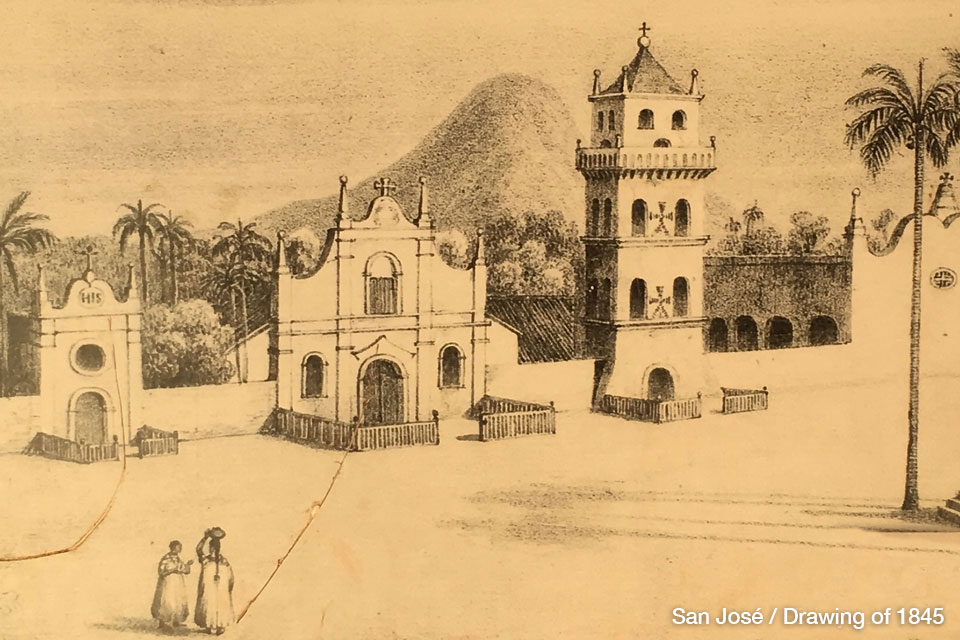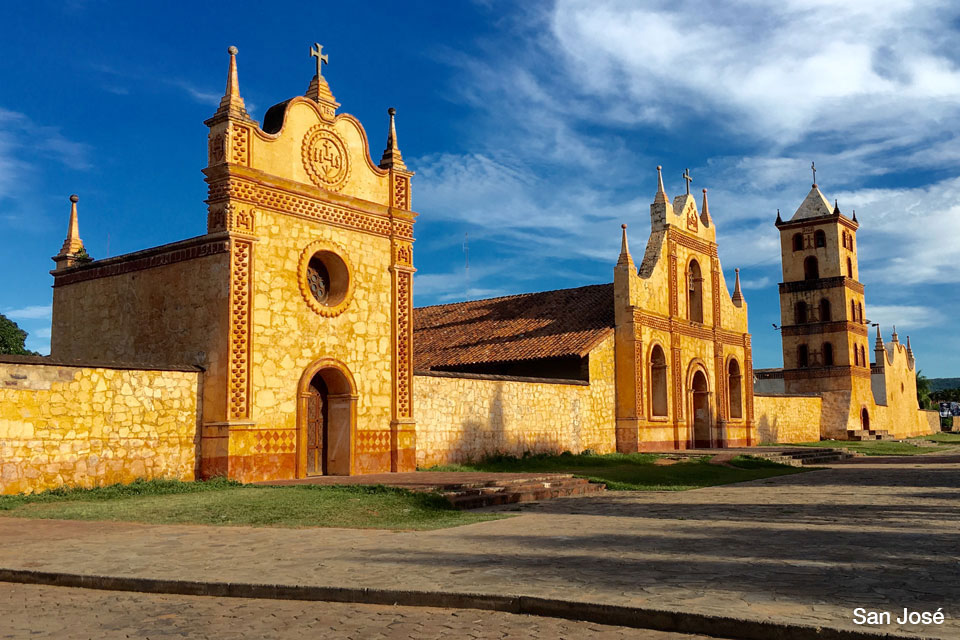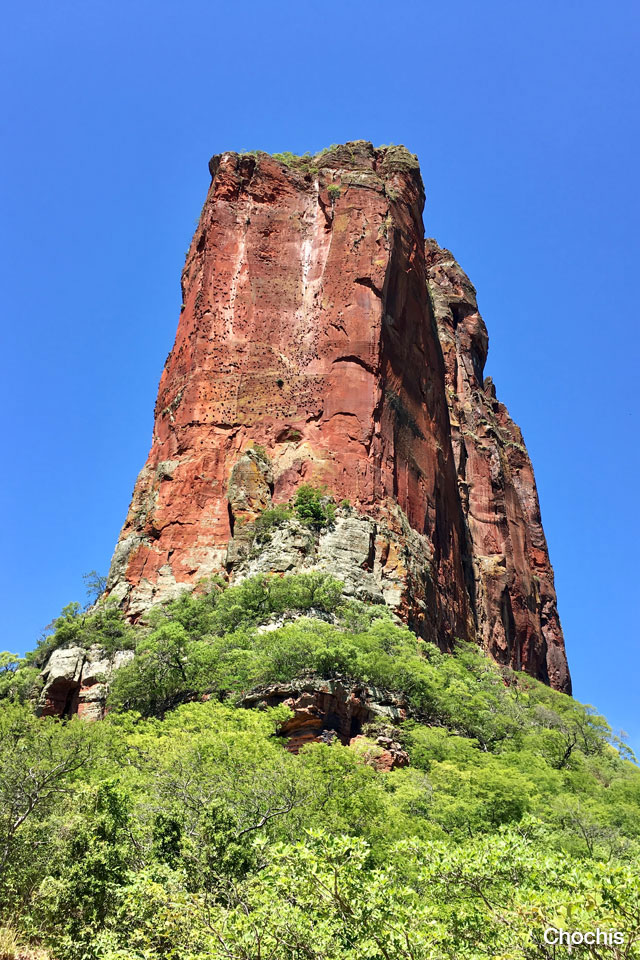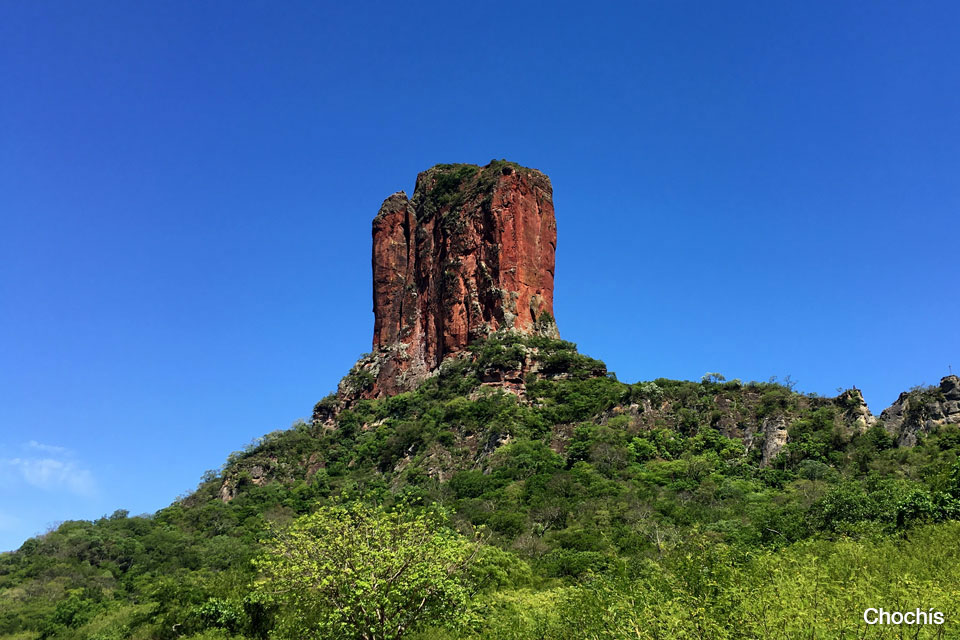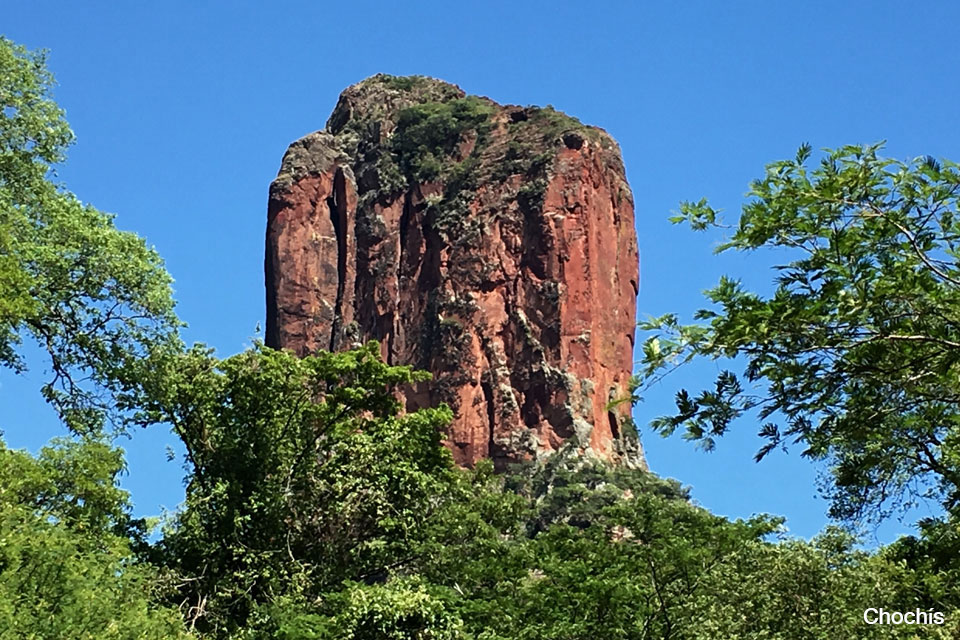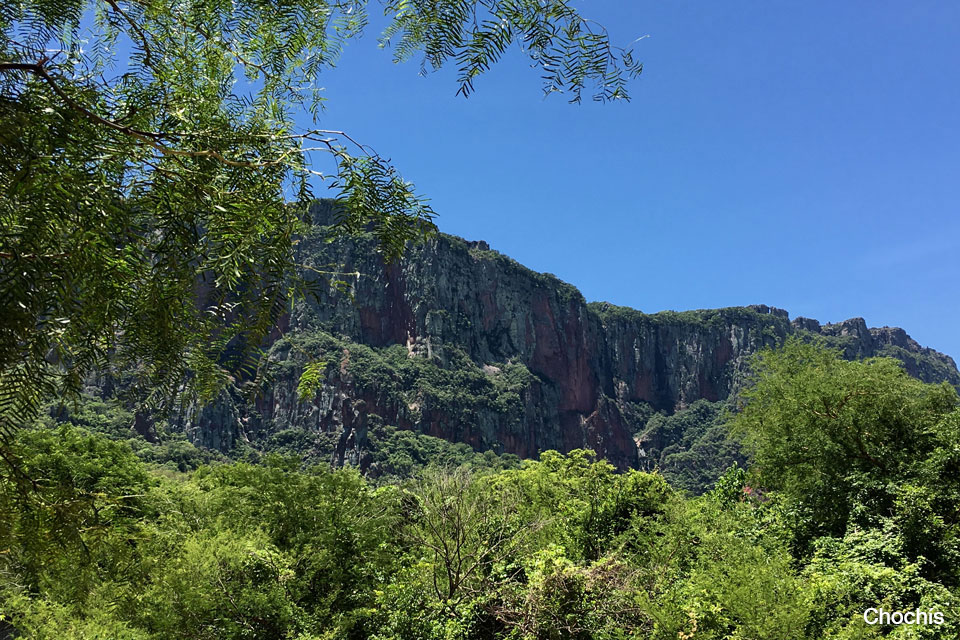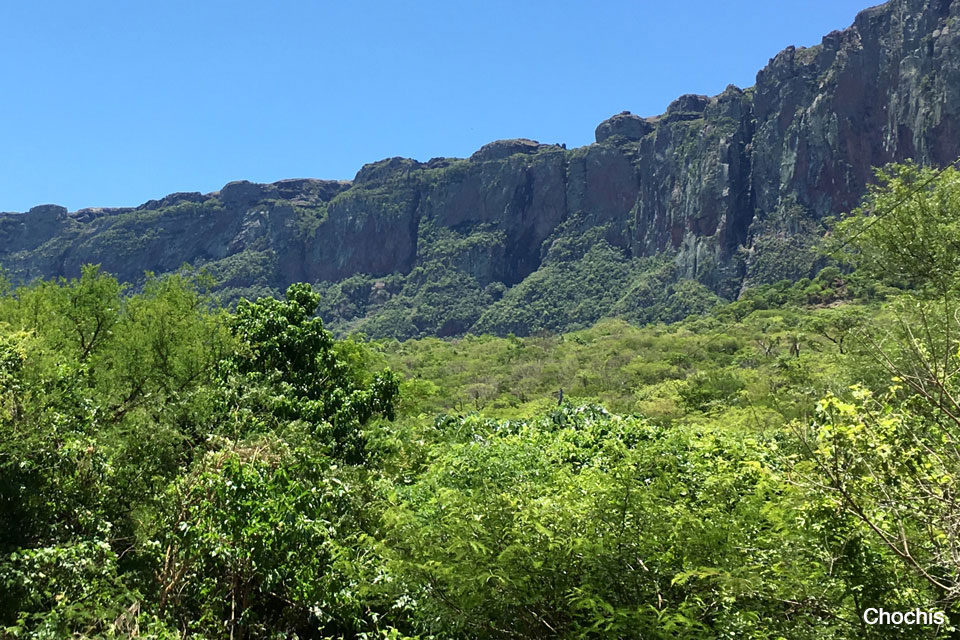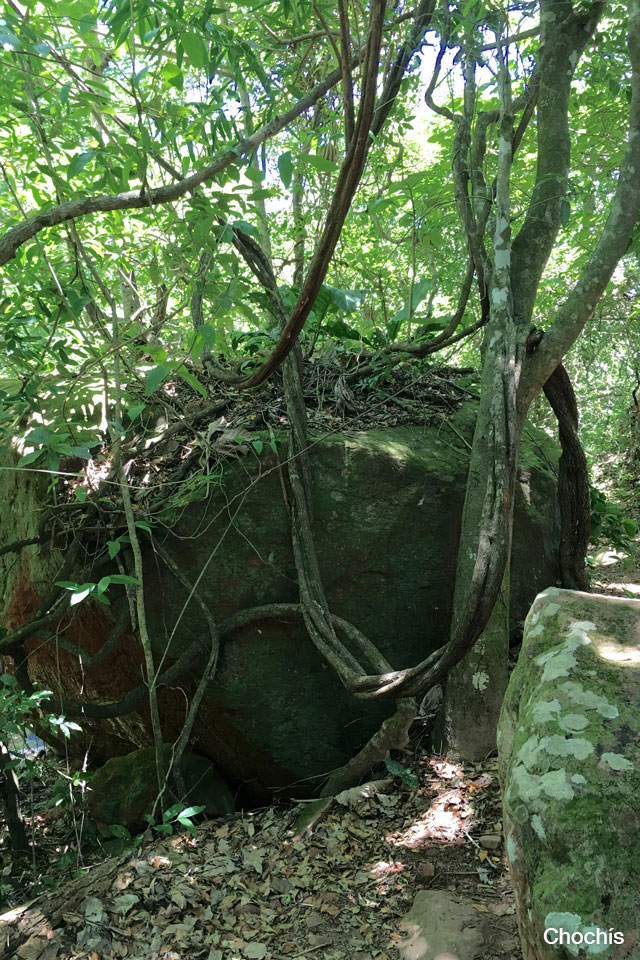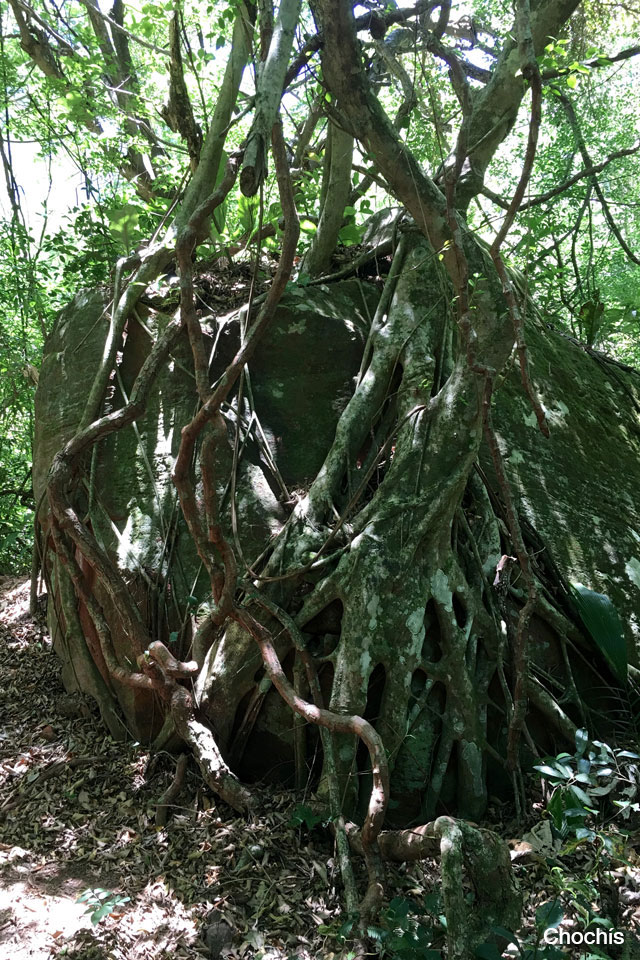
Forty years ago, we made a trip with a work colleague, to some of the most strange places in Argentina, travelling in a Renault 4. Now, as he was about to retire, we planned to make another unusual trip, as in that occasion. We both were interested in the zone of the Jesuit Missions, in the tropics of South America. To reach the zone of Chiquitos (that is the historic and political name of the East of Bolivia), it is convenient to start from the city of Santa Cruz de la Sierra. This city has a huge commercial movement in constant expansion. We hired a Toyota 4×4 that came with the driver included, who was very kind with us and chewed his coca during all the days of our trip. From Santa Cruz de la Sierra we went to the villages of the Misiones of San Javier, Concepción, San Ignacio, San Miguel, San Rafael, Santa Ana, San José (in that order) and then back to Santa Cruz de la Sierra, previously visiting Chochís. All the villages have their attractions, but the most interesting places are Concepción, Santa Ana and San José.
